The Arizona Coyotes are a professional ice hockey team based in the Phoenix suburb of Glendale, Arizona. They are members of the Pacific Division of the Western Conference of the National Hockey League (NHL). The Coyotes first played at America West Arena in downtown Phoenix, before moving to Glendale’s Gila River Arena in 2003. In 2021, the Coyotes are scheduled to return to the Central Division when an expansion team in Seattle joins the league.
Source
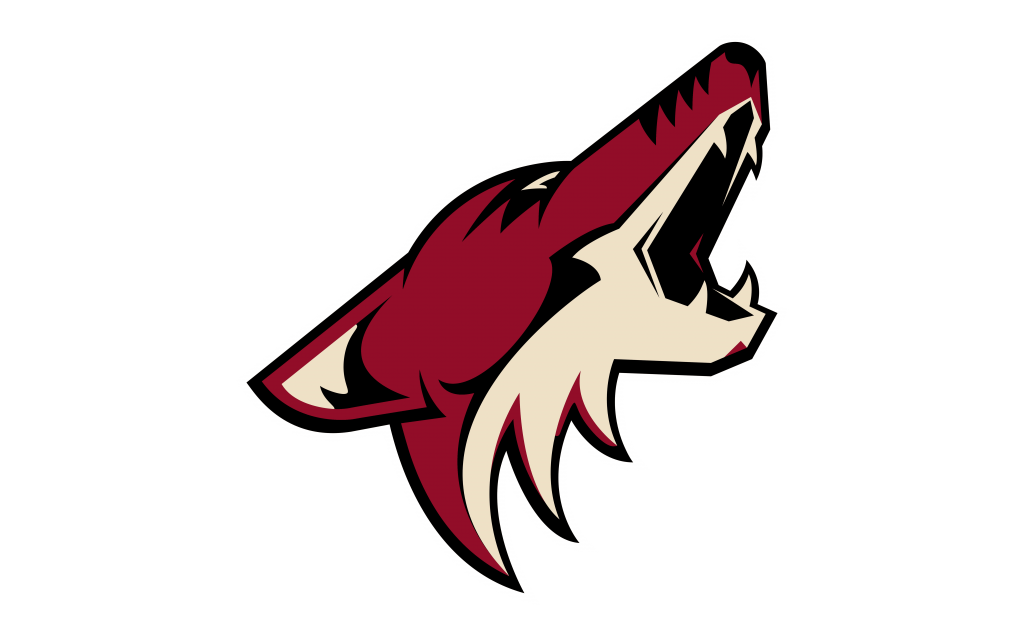
The US ice hockey group, the Arizona Coyotes, has had three names until this point, and each time the renaming agreed with the presentation of another symbol. That is the reason the historical backdrop of the Arizona Coyotes logo can be broken into three specific periods:
1972-1996 (Winnipeg Jets)
1997-2003 (Phoenix Coyotes)
2004-present (Arizona Coyotes)
Meaning and history

The historical backdrop of the Arizona Coyotes visual personality can be parted into two primary parts — the Winnipeg time, from 1972 to 1996, and the Coyotes began in 1996. However, the logo was not changed just a single time, every one of the sections has at least one significant upgrade, and it gave a lot of shadings and representations to the club’s account.
1972 — 1973
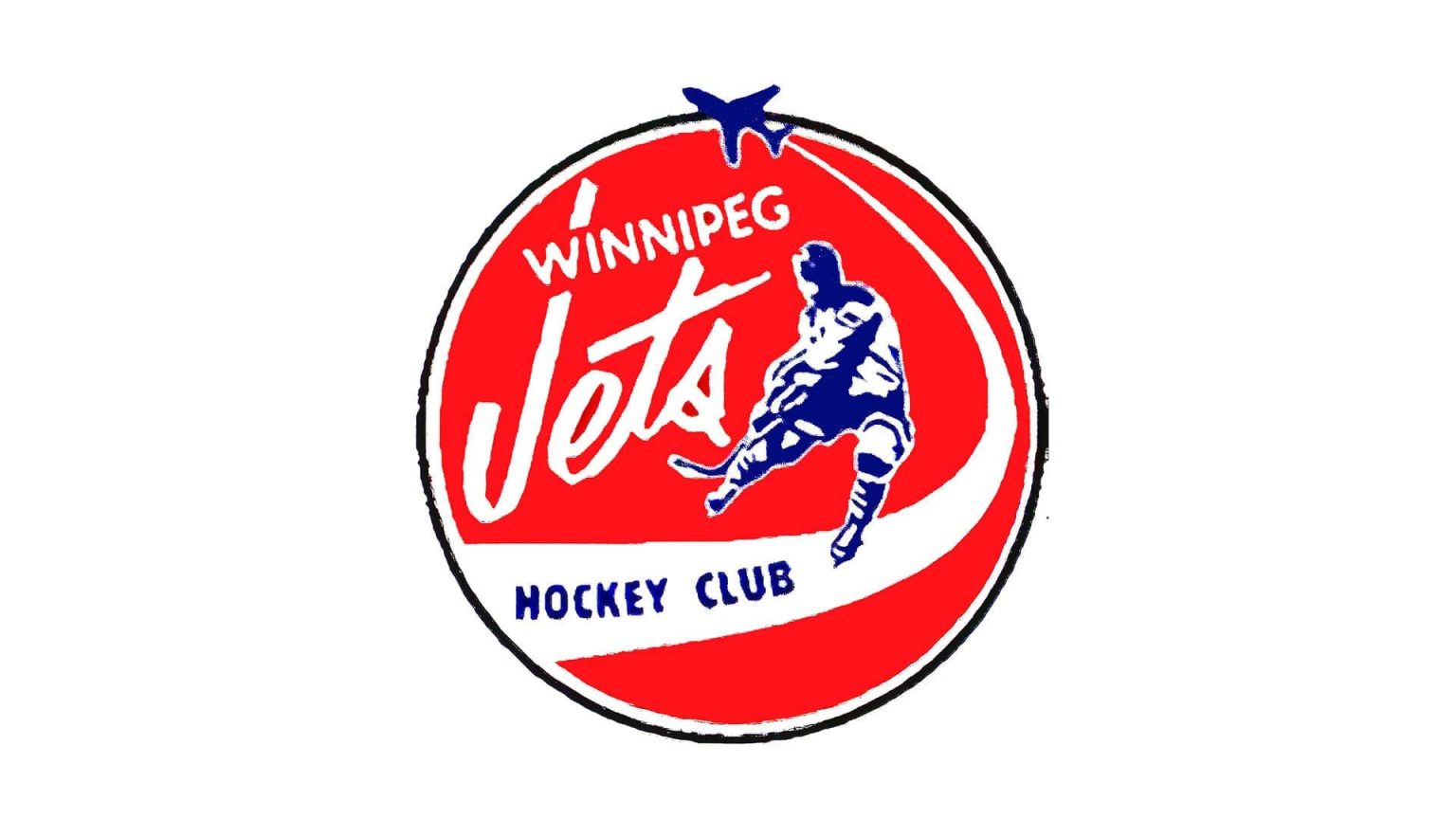
The absolute first logo was intended for Winnipeg Jets in 1972 and involved a red round barge with a dazzling blue and white diagram. A blue and white picture of a hockey player, which had somewhat gullible execution, was set on the right piece of the identification, and a white wordmark — on the left. The engraving was situated in two levels, with the “Winnipeg” in all-covers of a conventional sans-serif typeface, put over the upscale custom “Planes” in a unique content textual style with the upward bar of “J” lengthened up and crossing the “Winnipeg.”
The thick, smooth white line underlined the player, and the lettering, emerging from the little blue stream, set on the top piece of the seal’s edge. The “Hockey Club” engraving in blue was selected in the thicker white line and included a minimal sans-serif typeface.
1973 — 1990
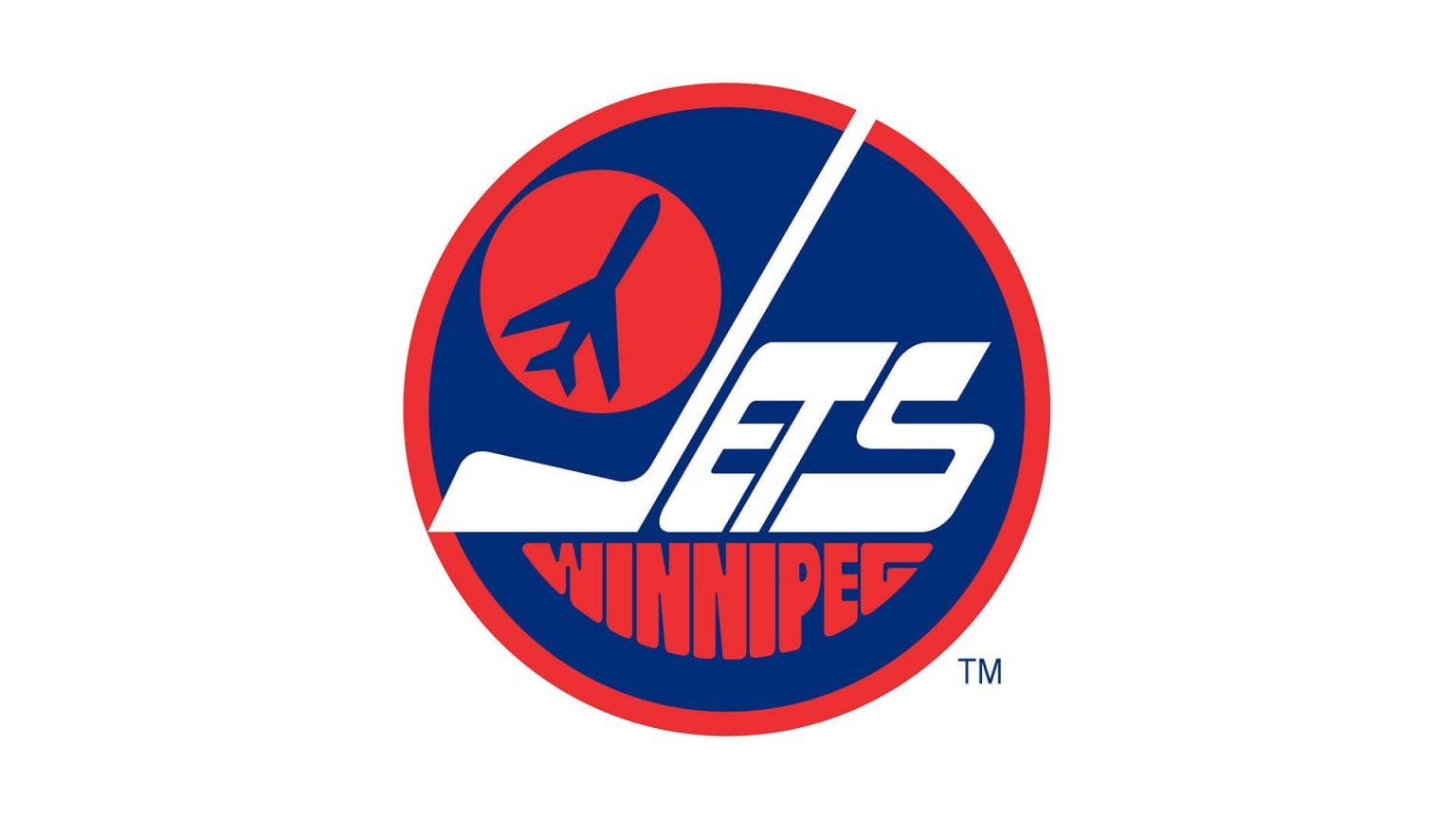
The Jets insignia was redrawn in 1973. The round badge changed its principle tone from red to blue, and the framework presently highlighted a radiant red shade. The blue stream outline was drawn on a more modest red circle in the upper left piece of the token, close to the white “Planes” lettering with its “J” adapted as a hockey stick. The “Winnipeg” portion of the nameplate was composed under the white one in red and had its form rehashing the curved base side of the identification.
1990 — 1996
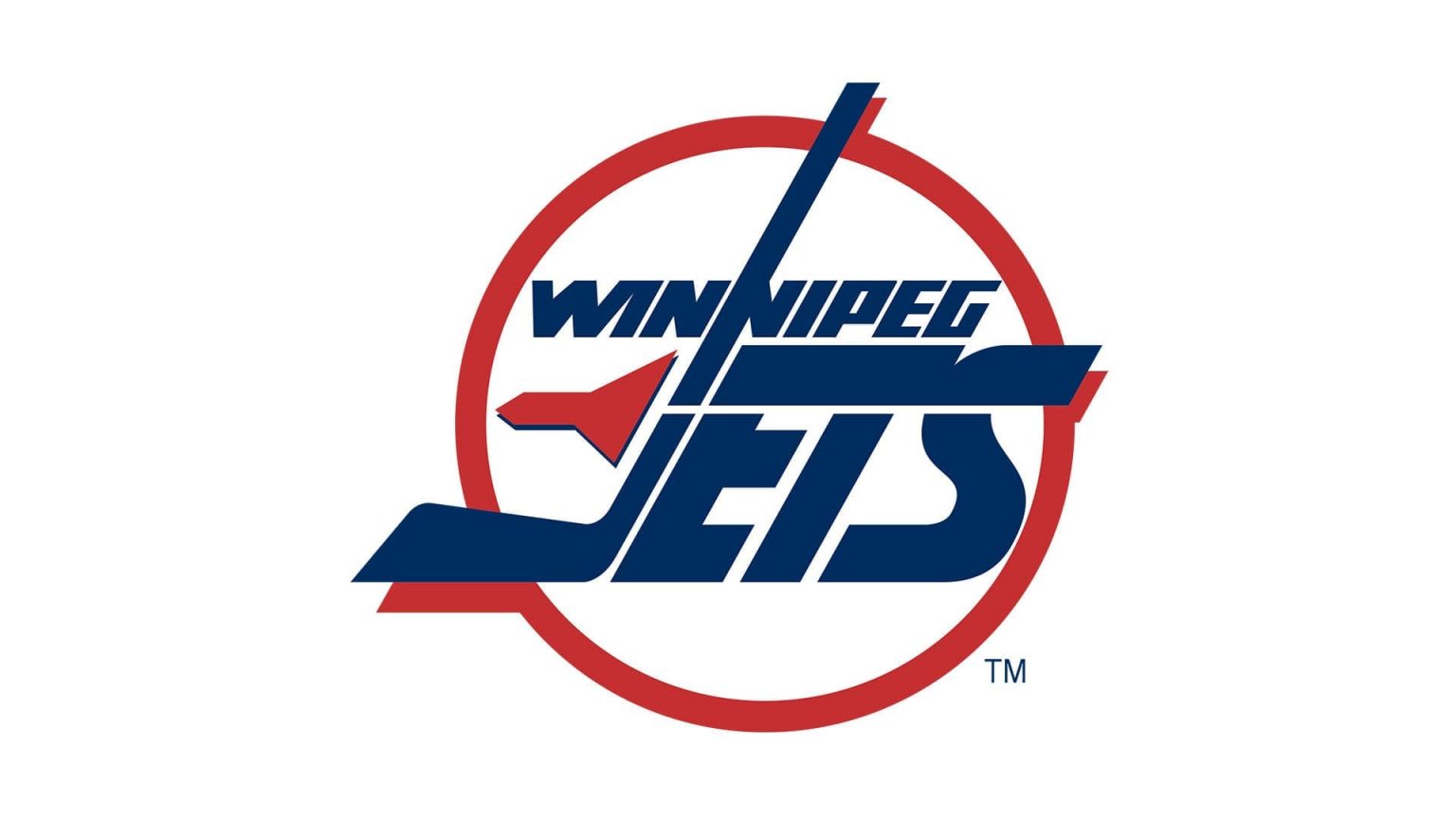
In 1990 the tricolor logo was overhauled, making the fundamental rifle white, the layout red, and the engraving with an image — blue with red. The little fly presently included red shade and was attracted an exceptionally dynamic shape, set on the left from the adapted “J.” The “Winnipeg” piece of the nameplate was presently positioned over the “Planes,” simply line in the first form of the logo. However, the two words were currently written in all capitals of intense sans-serif textual styles, with the upper line in a more conventional manner, and the extended base part in a limited emphasized typeface, eased up by a slim white line coming however it and evenly isolating the strong shapes into two sections.
1996 — 2003
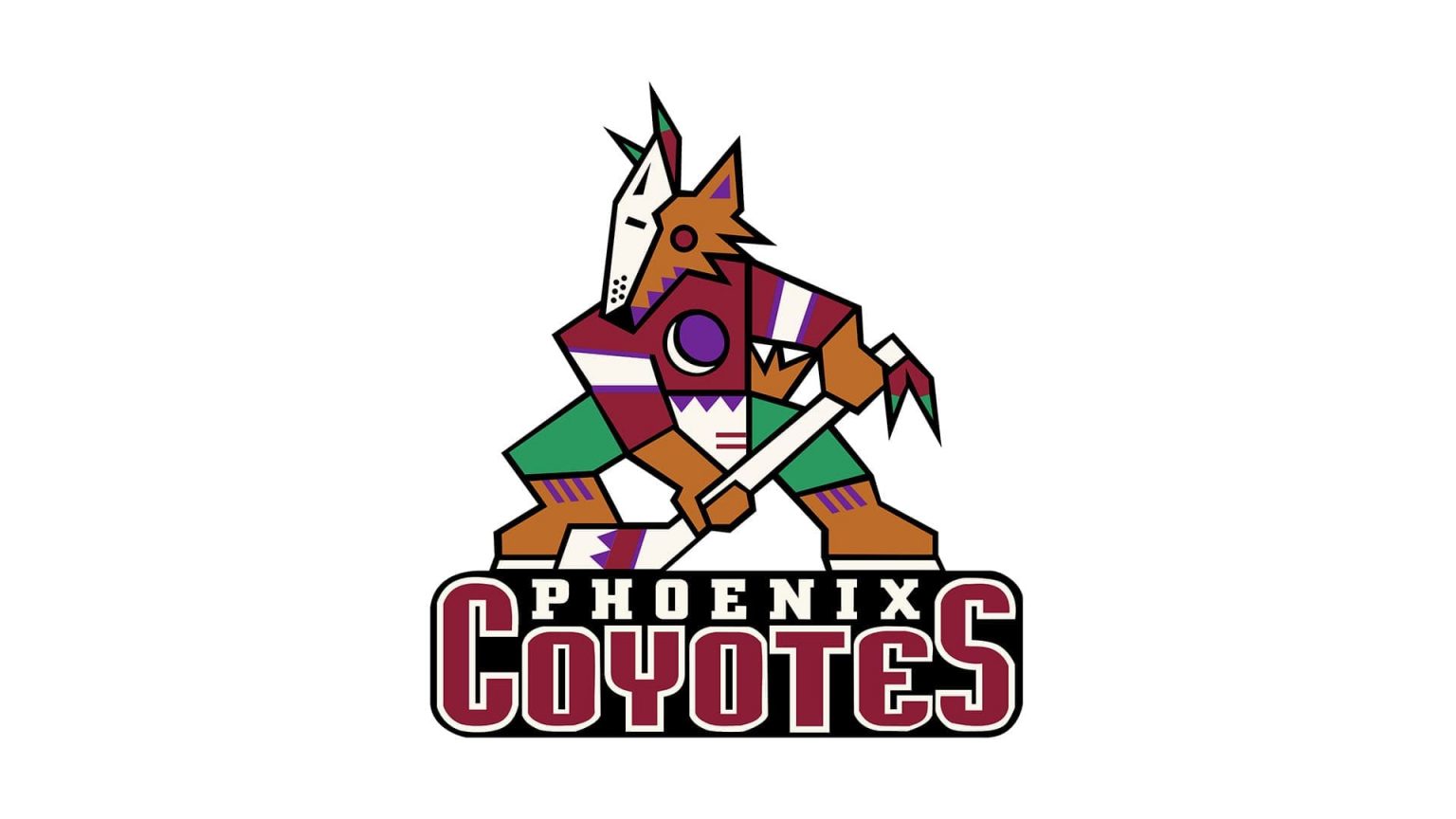
In 1996 the group loved Phoenix, Arizona, and changed its name to Coyotes, taking on something else entirely around. The new symbol highlighted an adapted mathematical picture of a coyote in a hockey uniform with a stick. The creature was attracted to distinctive mathematical sections with sharp points and clean lines. Concerning the shading range, the picture was worked around the blend of orange, green, and purple, for certain extra subtleties in white, blue, and red.
2003 — Today
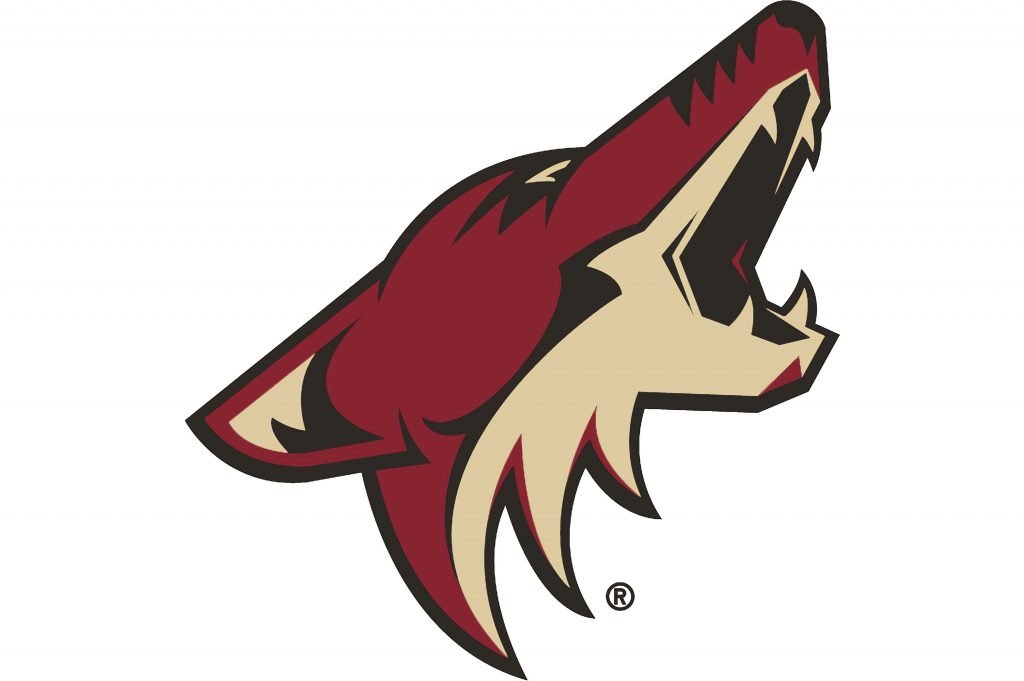
The update of 2003, held by Adrenalin Design Group, carried something else to Arizona’s hockey club. It is a nitty-gritty and pretty realistic picture of a coyote-attracted profile, going to one side with its mouth open. The creature is executed in two shades of brown — a dull one with some red hues and is near burgundy, and a light beige, even cream, near white, one.
Logos with similar colors:








